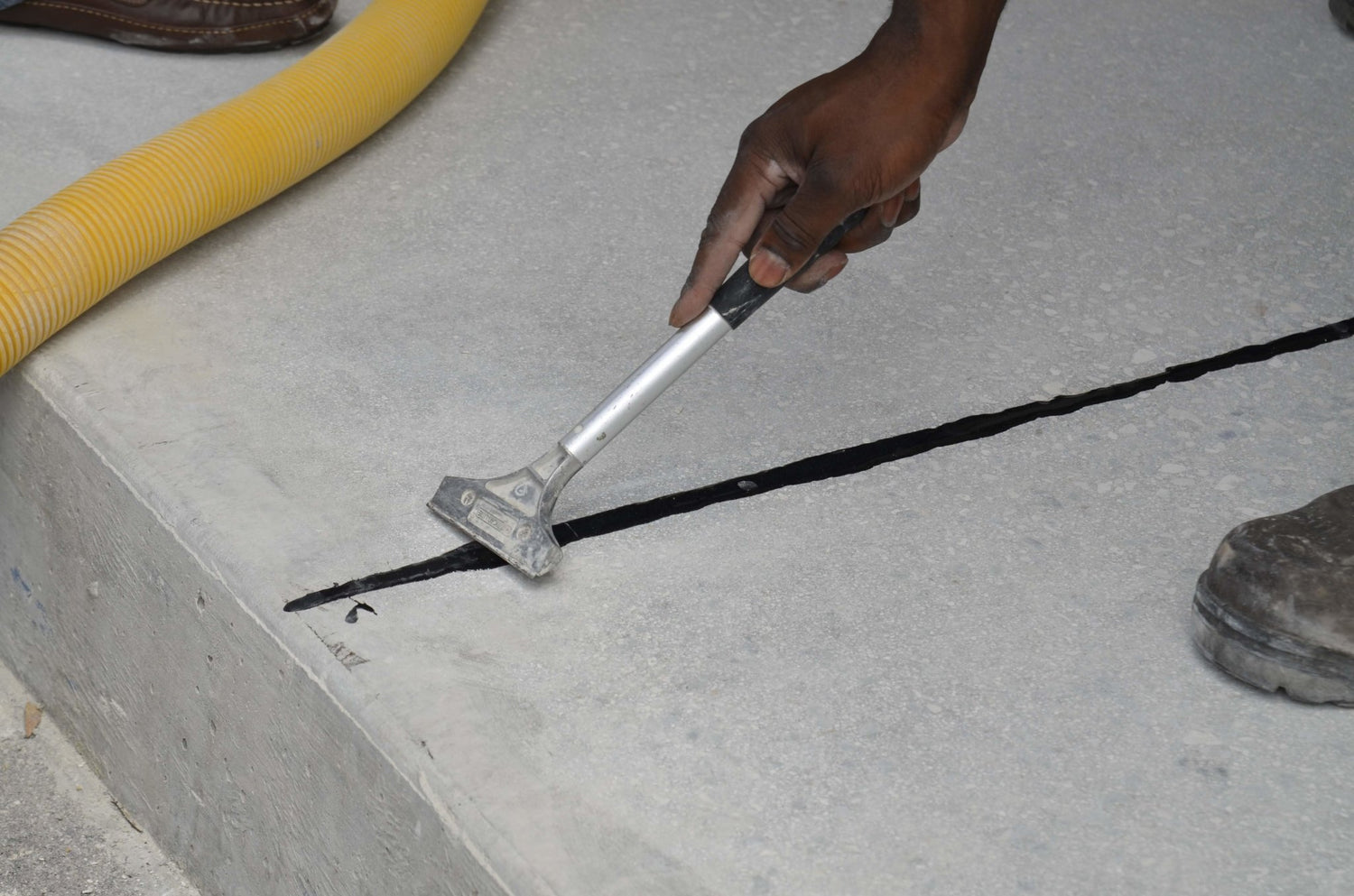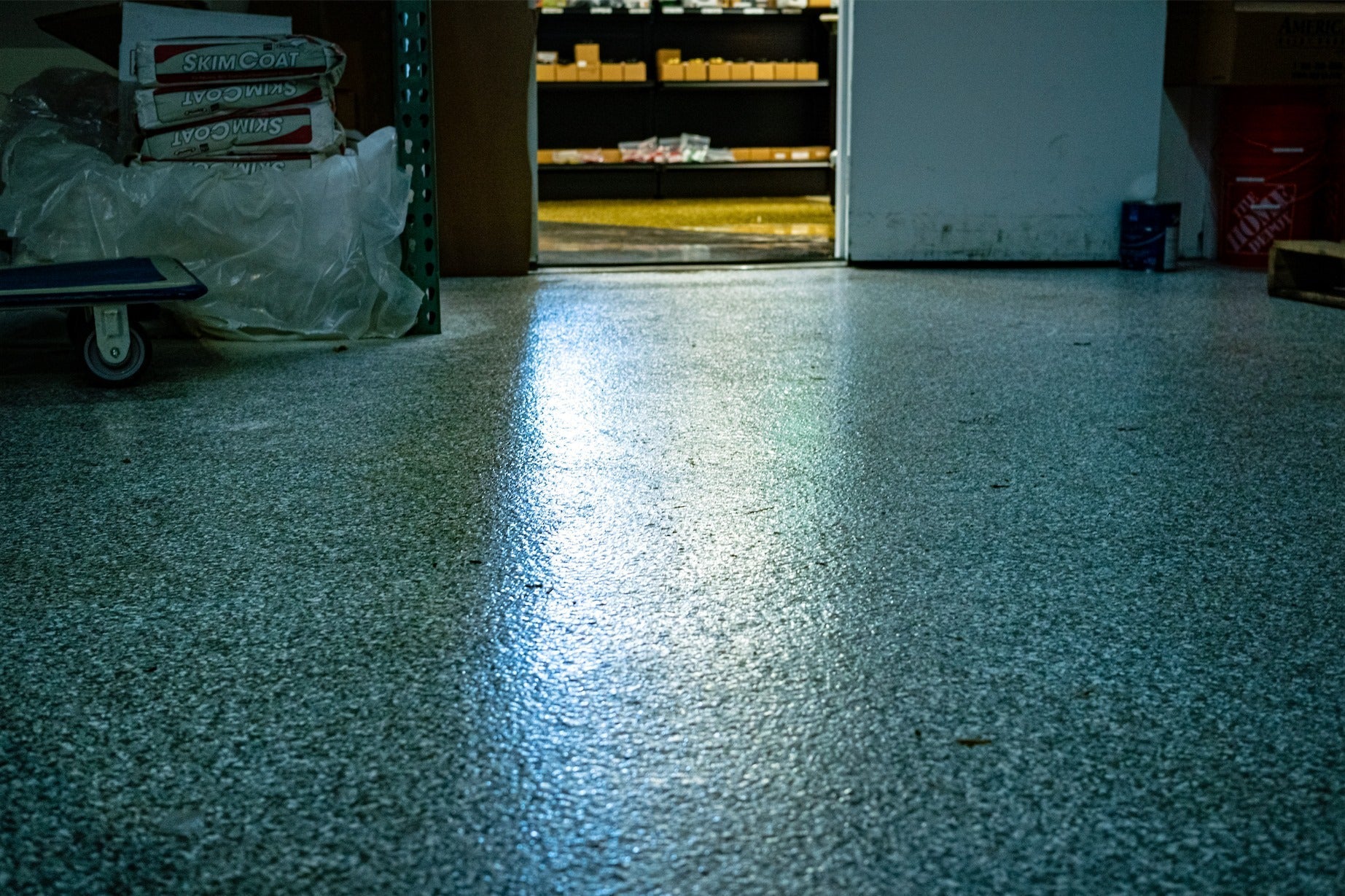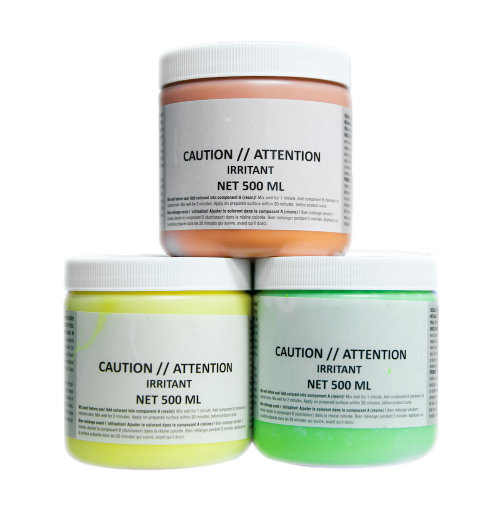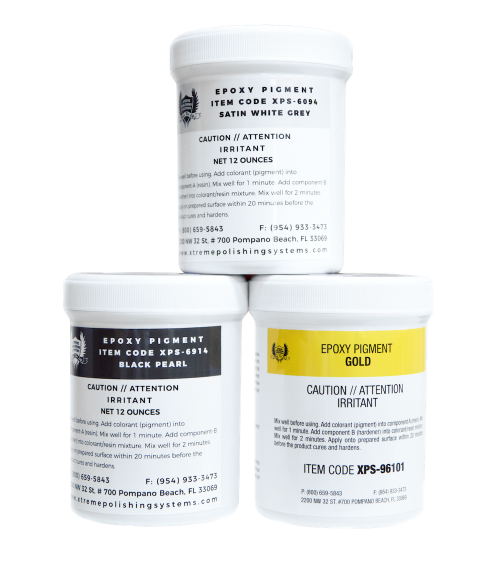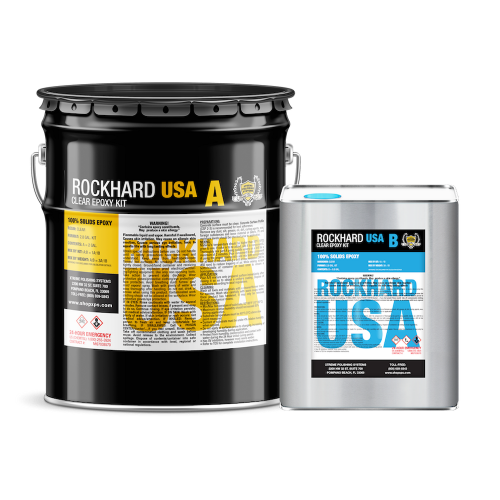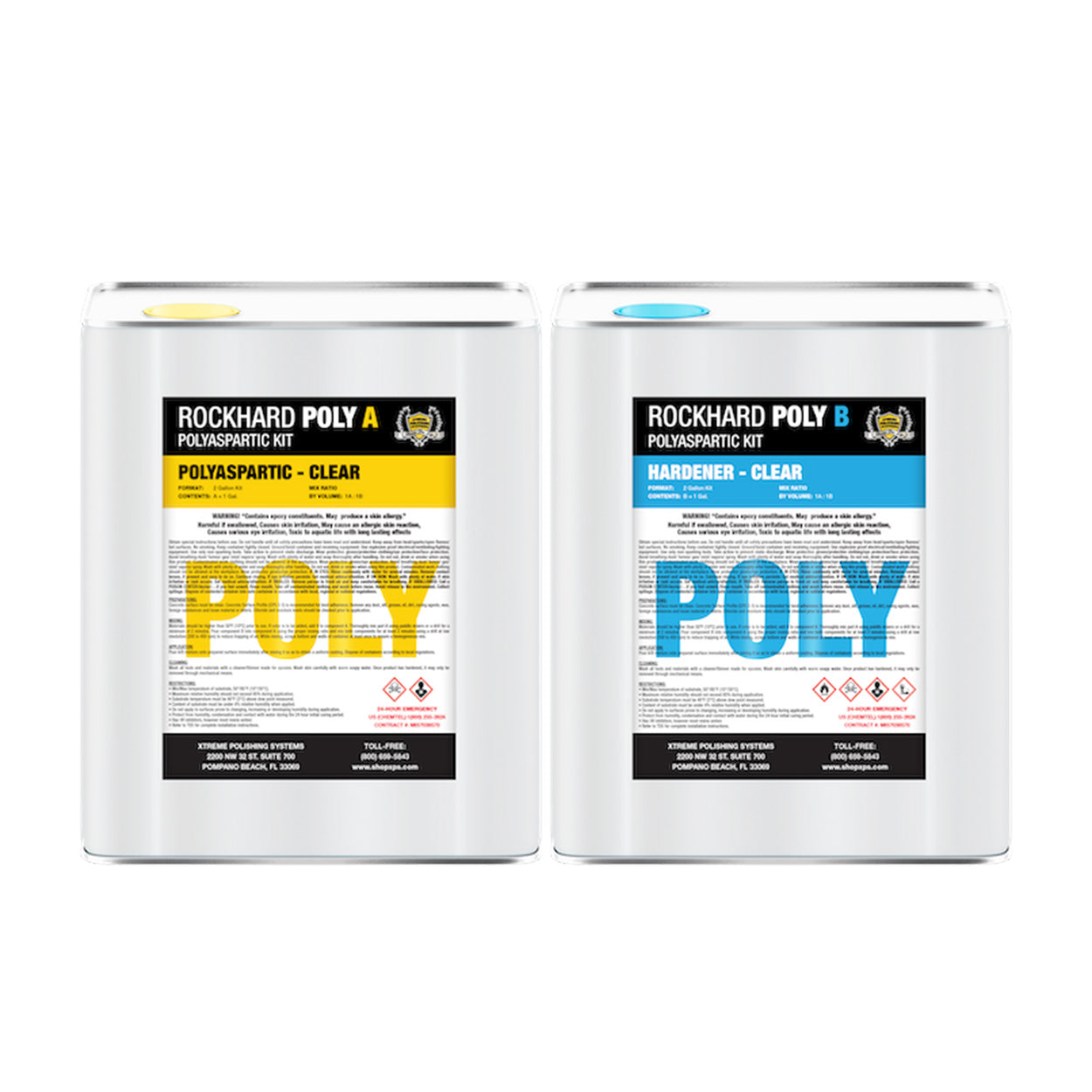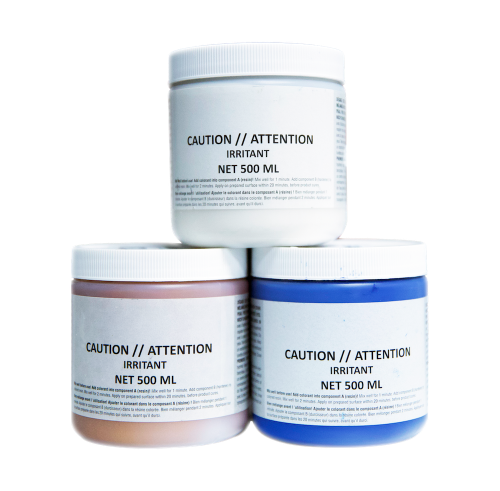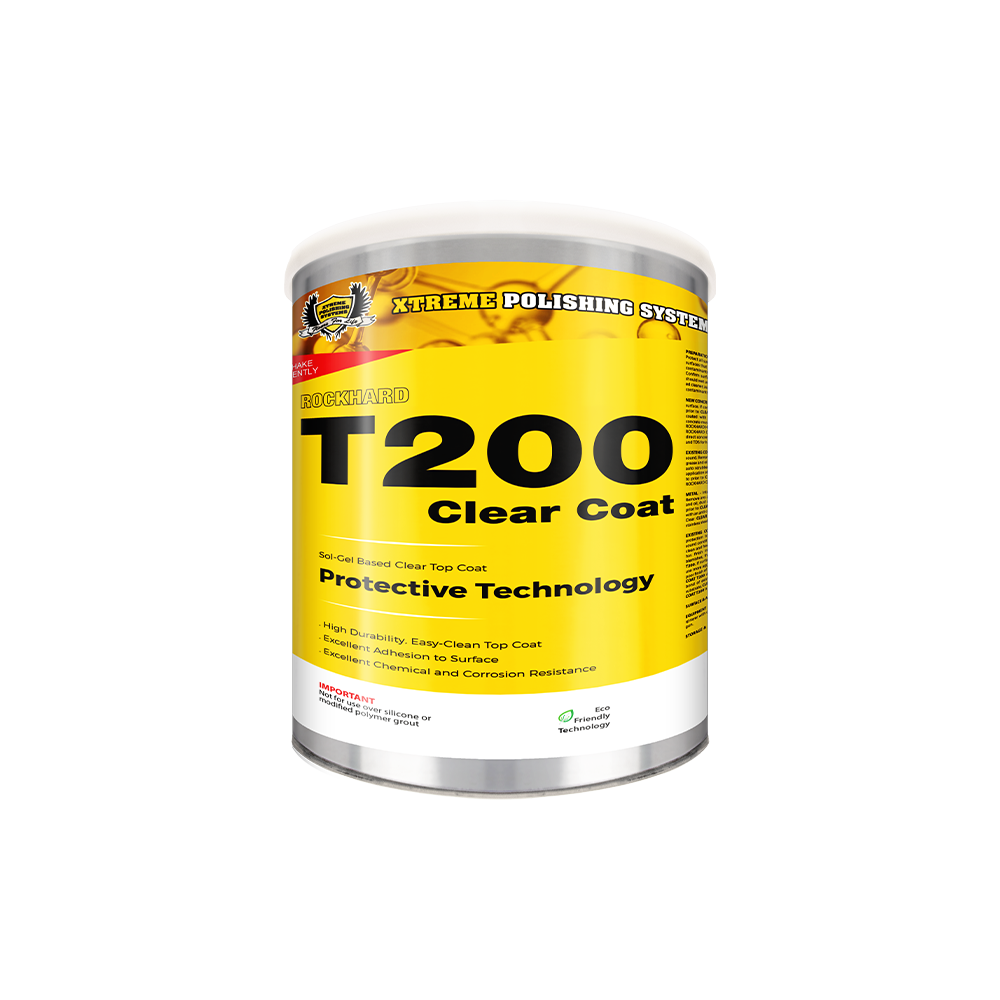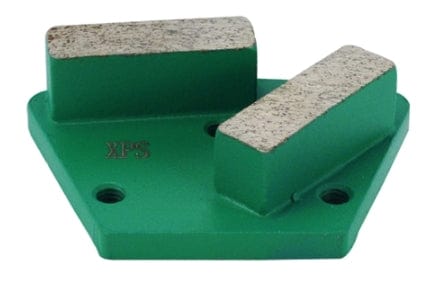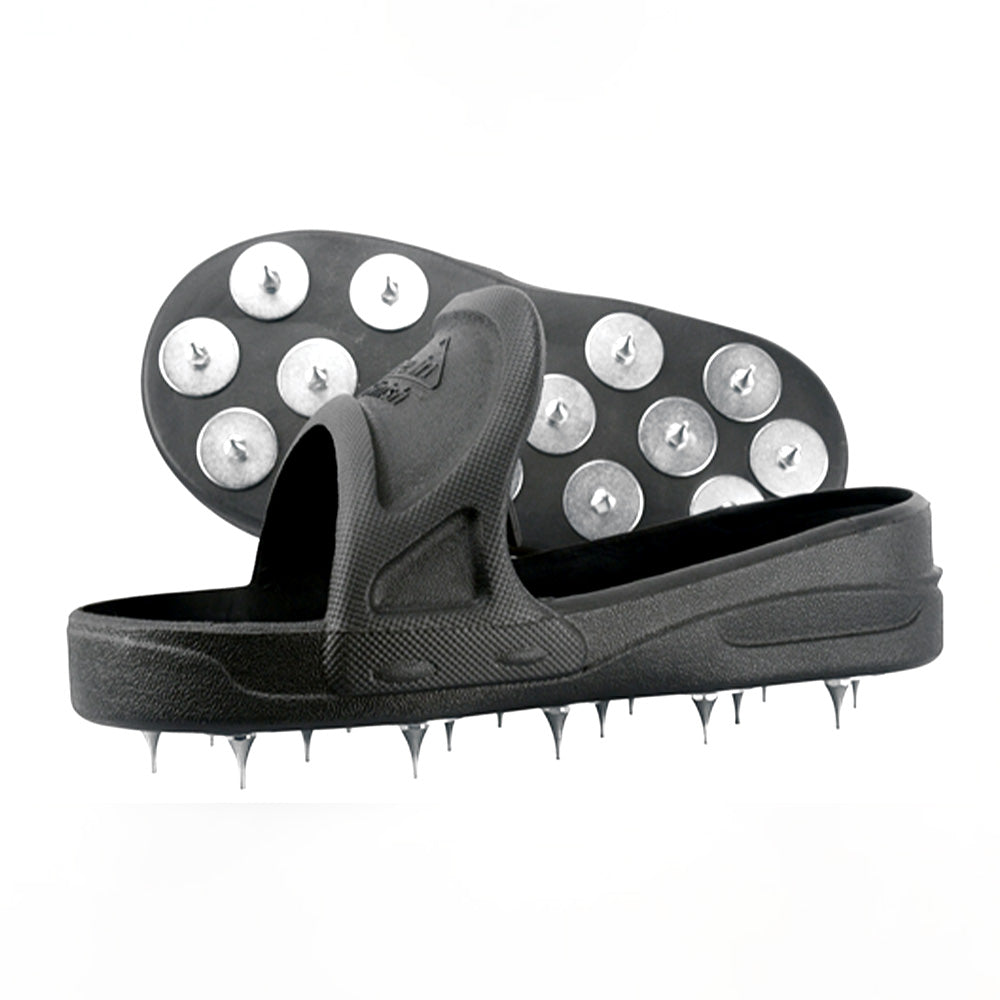Why is Concrete Repair so Important?
All in all, concrete surfaces are, unfortunately, naturally prone to cracking. If a concrete foundation is not properly maintained, it can lead to your surfaces perishing from the cause of corrosion.
Eventually, this will open it up to even more complications, so it is extremely important to properly maintain and repair your concrete substrates. However, if a fracture occurs anywhere else on the surface of a walkway, driveway, or patio, without adequate concrete repair, the surrounding concrete may begin to crumble as well.
Thus, specially engineered joint fillers and concrete repair products help repair significant cracks or other structural problems in existing concrete slabs. After years of product research and decades of industry experience, Xtreme Polishing Systems has obtained a fully comprehensive selection of concrete repair solutions designed to repair, restore, and renew concrete surfaces.
Xtreme’s professional selection of repair products is made for preventing surface corrosion and strengthening existing concrete substrates.
What are Joints?
Joints help maintain the structural stability of concrete slabs in residential, commercial, and industrial facilities which includes expansion joints, construction joints, and control joints. Correctly installing joint fillers can help preserve the overall function and surface appearance of a concrete slab as well as resinous flooring applications.
By carefully selecting concrete floor joint products you can validate the most essential building elements for utmost performance. Ultimately, this allows them to fulfill their promise of exceptional lifetime value.
Concrete Joint Fillers
The purpose of a concrete joint filler is to prevent the premature failure of an uneven concrete structure and/or substrate. Concrete joint fillers are designed to fill in the space between two sections of a cracked concrete surface to properly level it. These innovative materials act as a “stand-in” solution for cracked concrete surfaces and are developed to create beneficial chemical interactions between the host material (concrete) and the filler.
Polyurea and Epoxy Concrete Joint Fillers
Semi-rigid, epoxy-based concrete joint filler products provide a multitude of benefits. These epoxies have the required hardness; however, they are also flexible enough to preclude the de-lamination of a concrete slab by welding the slabs together. When combined appropriately, semi-rigid epoxy joint fillers produce a smooth, flow-able, and easy-to-pour consistency. Moreover, epoxy-based concrete joint fillers often get marketed in one-to-one, easy-to-use solutions, poured manually administered with a bulk gun, or pumped using a dual-component pump due to extended pot life.
Polyurea, similar to epoxy-based solutions is simple to manufacture, pour in a flow-able consistency and have the versatility to prevent slab welding. Moreover, polyurea has higher elongation, making them more resistant to tearing caused by slab shrinkage and movement. They are also commonly available in one-to-one, simple-to-use choices, such as cartridges for manual application or dual component pumps. Click here to watch our video on Polyurea Joint Filler Installation Start-to-Finish. We also have a video on How to install a polyurea joint filler with a trac machine here.
Concrete Patching and Repair
A deteriorating, dangerous surface can be smoothed and evened using the best concrete patch for cracked concrete. However, before you buy concrete patch products, there are a few things to think about and consider, such as the following:
Mixing Method
For starters, you can choose between a premixed or “ready-mix” compound (the label varies depending on the manufacturer) or a dry mix when purchasing a concrete patch. These labels indicate whether or not the DIY-er will need to add water before utilizing the product.
It is always about convenience when it comes to premixed products. They are available in compound tubs or squeeze tubes. The advantage is that they are ready to use as soon as you remove the cover. Users, however, are unable to modify the thickness and consistency.
The dry mix is the polar opposite of premixed products. You must mix these powders with water, which takes longer and can be messy. On the other hand, these mixtures allow the user to fine-tune the thickness by adding additional water or powder as needed.
Suitability and Durability
Some of the finest concrete patch compounds are particularly suitable for minor cracks and thinner layers, while others get applied perfectly for larger regions or chunks. Furthermore, it makes a difference whether the crack or fissure is in the ground or a wall. Notably, most patches, irrespective of the repair, dry harder than concrete.
An easy-to-apply, premixed product in a tube should be all you need for tiny cracks. Some DIYers, however, prefer a bag of dry mix that they can fine-tune to the desired thickness for huge chunks, such as in walls, as they are thicker than floor patches since they must adhere to a vertical surface without leaking.
Most concrete patching materials are waterproof; thus, you can use them both indoors and outside. However, you should check any temperature or weather guidelines in the manufacturer’s specs. Some instructions state that you should not apply the compound over or at particular temperatures or in damp conditions. To be sure, you must always read the product’s instructions.
Ease of Application and Cure Time
The majority of concrete patches are simple to install. DIY-ers can usually simply spread them onto the surface and level them into the desired form. However, it is essential to remember that if there is an expansion joint, the concrete must get shaped to obstruct the junction to aid water runoff and guarantee that any potential cracking occurs within the joint rather than on the patch.
Furthermore, the time it takes for concrete patches to cure varies greatly. Small cracks may harden in a matter of minutes, whereas thicker patches may take an hour or more to harden.
Effective Surface Repair Products
When you prepare to repair unsightly concrete cracks, you will need the best repair products for the job. Browse our carefully selected lineup of semi-rigid, polyurea, and epoxy concrete joint filler and patching solutions, including:
- Polyurea Concrete Floor Joint Filler
- SPARTACOTE FAST FIX Concrete Crack Repair
- Metzger/McGuire Rapid Refloor Crack Repair
- Urethane Fast Cure Crack Filler
- 35 lb. GelMaxx ECO-QUICK Gel
- XPS Thixofix Adhesive
Conclusion
Choosing the right concrete fillers and surface repair products can be a difficult and time-consuming task. Fortunately, Xtreme Polishing Systems has a team of professionals who can assist you in making this selection easier. Your concrete needs will be met in no time, thanks to our team of experts and cutting-edge product selection!
Questions? We would love to hear them! Our professionals are readily available to answer all your questions and to provide you with concrete knowledge and industry expertise in the overall preparation and completion of a concrete floor project. Shop Online or Call (877) 958-5732 for all your concrete flooring needs!

